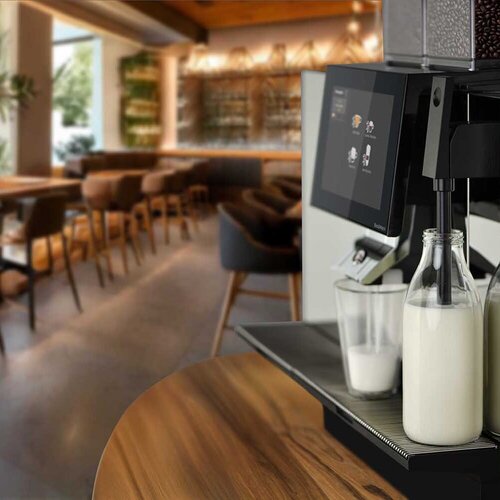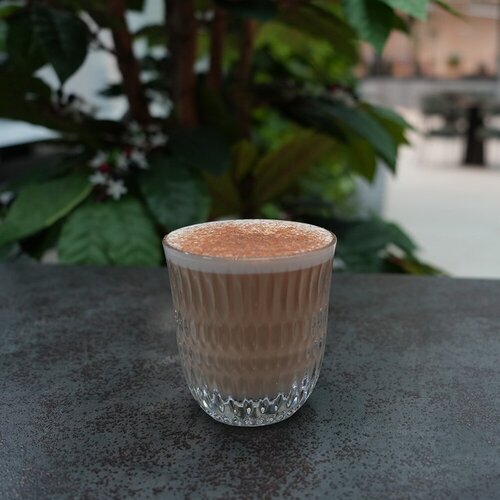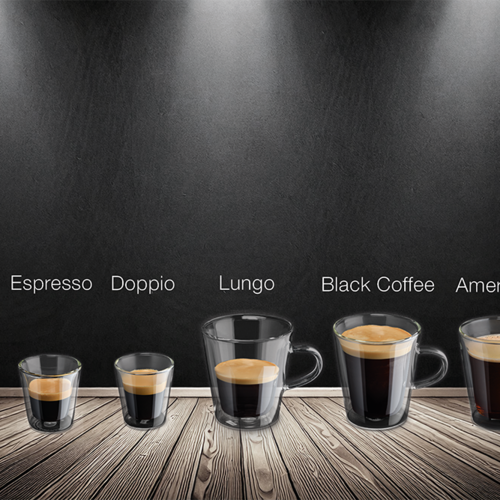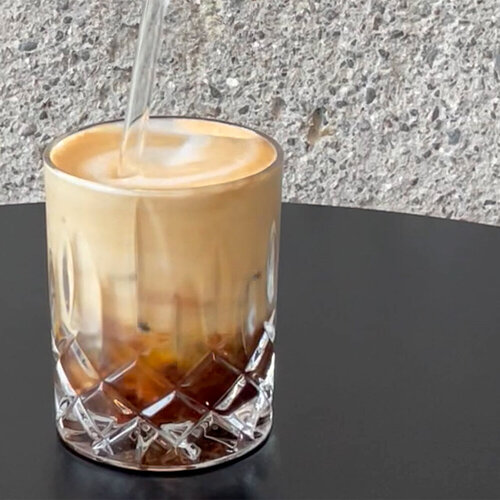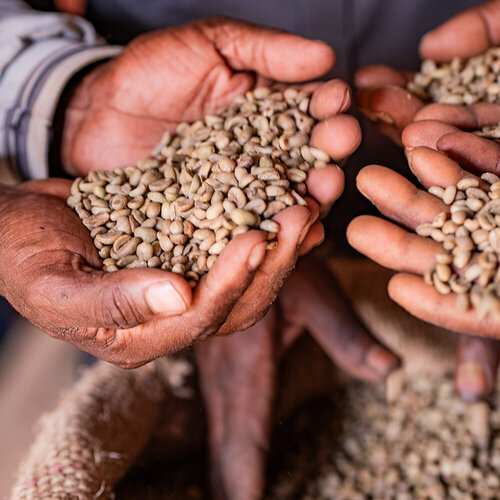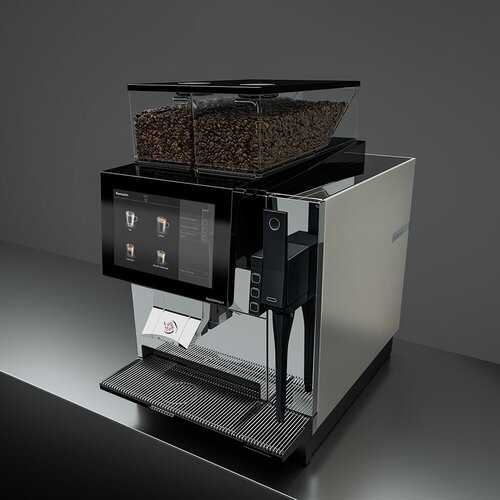Decaffeinated beans are coffee beans from which most of the caffeine has been removed. The aim is to preserve the characteristic coffee taste while reducing the stimulating effect. They are particularly suitable for sensitive people, pregnant women or for enjoying coffee in the evening.
Methods of decaffeination
There are various ways to remove caffeine from the bean. Each method has its own special features:
1. chemical solvents
Coffee beans are treated with chemical solvents such as dichloromethane or ethyl acetate. The caffeine is dissolved and removed. Modern processes ensure that only minimal, harmless residues remain. This process is known as the classic Roselius process, named after Ludwig Roselius, who developed the first Decaf coffee at the beginning of the 20th century.
2. the Swiss-Water® process
The Swiss-Water process works completely gently without chemical solvents. The coffee beans are soaked in hot water, which extracts the caffeine. The water is then passed through activated carbon filters, which remove the caffeine. The result: Arabica coffee with a full aroma and taste - perfect for enjoying Decaf coffee.
3rd CO₂ method
In the carbon dioxide process (CO2 process), supercritical carbon dioxide is used under high pressure to extract the caffeine from the beans in a targeted manner. This gentle method preserves the aromas particularly well, is environmentally friendly and is suitable for both Arabica and Robusta beans.













































